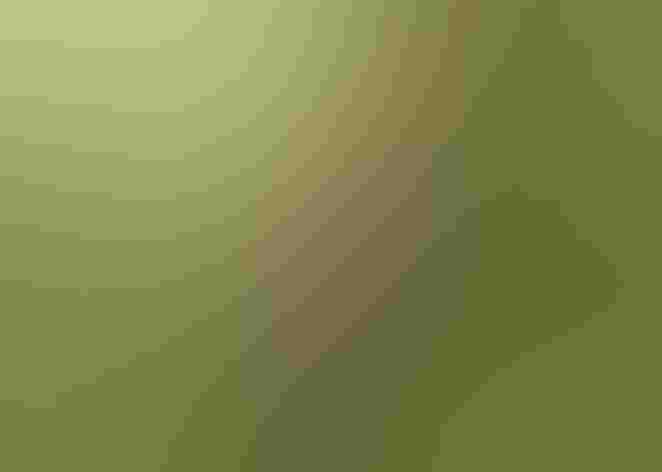Blackburnian Warbler
At a Glance
A fiery gem of the treetops. In the northern forest in summer, the male Blackburnian Warbler may perch on the topmost twig of a spruce, showing off the flaming orange of his throat as he sings his thin, wiry song. The female also stays high in the conifers, and the nest is usually built far above the ground. Long-distance migrants, most Blackburnians spend the winter in South America, where they are often common in mountain forest in the Andes.
All bird guide text and rangemaps adapted from Lives of North American Birds by Kenn Kaufman© 1996, used by permission of Houghton Mifflin Harcourt Publishing Company. All rights reserved.
Category
Perching Birds, Wood Warblers
IUCN Status
Least Concern
Habitat
Forests and Woodlands, Shrublands, Savannas, and Thickets, Tundra and Boreal Habitats
Region
California, Eastern Canada, Florida, Great Lakes, Mid Atlantic, New England, Plains, Rocky Mountains, Southeast, Southwest, Texas, Western Canada
Behavior
Direct Flight, Flitter
Population
13.000.000
Range & Identification
Migration & Range Maps
From wintering areas (mostly in Andes of South America), many apparently move north through Central America, then fly north across Gulf of Mexico. Fall migration may be spread out over a broader front.
Description
5" (13 cm). Adult male shows brilliant orange throat, black triangle on face, white wing patch, black back with white stripes. Female has same pattern with paler orange-yellow throat, two white wing-bars on black wings. Some young birds in fall very dull, with shadow of adults' pattern; notice pale stripes on back.
Size
About the size of a Sparrow
Color
Black, Orange, White, Yellow
Wing Shape
Pointed, Rounded
Tail Shape
Notched, Square-tipped
Songs and Calls
Very thin and wiry, increasing in speed and rising to the limit of hearing, sleet-sleet-sleet-sleet-sleetee-sleeeee. Also tiddly-tiddly-tiddly-tiddly at same speed and pitch.
Call Pattern
Flat, Rising, Undulating
Call Type
Buzz, Chirp/Chip, Hi, Whistle
Habitat
Woodlands; conifers in summer. Breeds in boreal coniferous and mixed forests, especially spruce and hemlock. In southern part of breeding range in Appalachians, can inhabit completely deciduous forests. When migrating, occurs in all kinds of trees and brush. During winter in the tropics, usually in humid mountain forest.
Sign up for Audubon's newsletter to learn more about birds like the Blackburnian Warbler
Behavior
Eggs
4, sometimes 3-5. White to greenish white, with blotches of reddish brown concentrated near the larger end. Only females incubate, probably 12-13 days. Male feeds female during incubation.
Young
Both parents feed nestlings. When the young leave the nest, the parents separate, each caring for part of the brood.
Feeding Behavior
Feeds mostly in treetops, searching along small branches and twigs. Also hovers to take insects from undersides and tips of foliage. Will search dead leaf clumps; occasionally flies out to catch flying insects. In spruce forests, males tend to forage higher than females. In winter in the Andes, forages in mixed flocks with various tropical birds.
Diet
Mostly insects, especially caterpillars. In summer, feeds on many caterpillars, particularly those of spruce budworm; also eats beetles, ants, flies, and many other insects, also spiders. Especially during winter, will take some berries as well.
Nesting
Details of nesting behavior not well known, partly because nests are high and hard to observe. Male defends nesting territory by singing, sometimes by attacking intruding males. In courtship, male sings, and performs displays with gliding flight and fluttering wings and tail. Nest: Almost always placed in dense vegetation near tips of branches of conifers, and usually high, sometimes up to 80' above ground. Nest (probably built by female) is cup-shaped and made of twigs, bark, and fibers; lined with lichens, moss, grass, hair, and conifer needles.
Conservation
Conservation Status
May be especially vulnerable to loss of wintering habitat, with cutting of forest at mid-levels in mountains in the tropics.
Climate Threats Facing the Blackburnian Warbler
Choose a temperature scenario below to see which threats will affect this species as warming increases. The same climate change-driven threats that put birds at risk will affect other wildlife and people, too.







